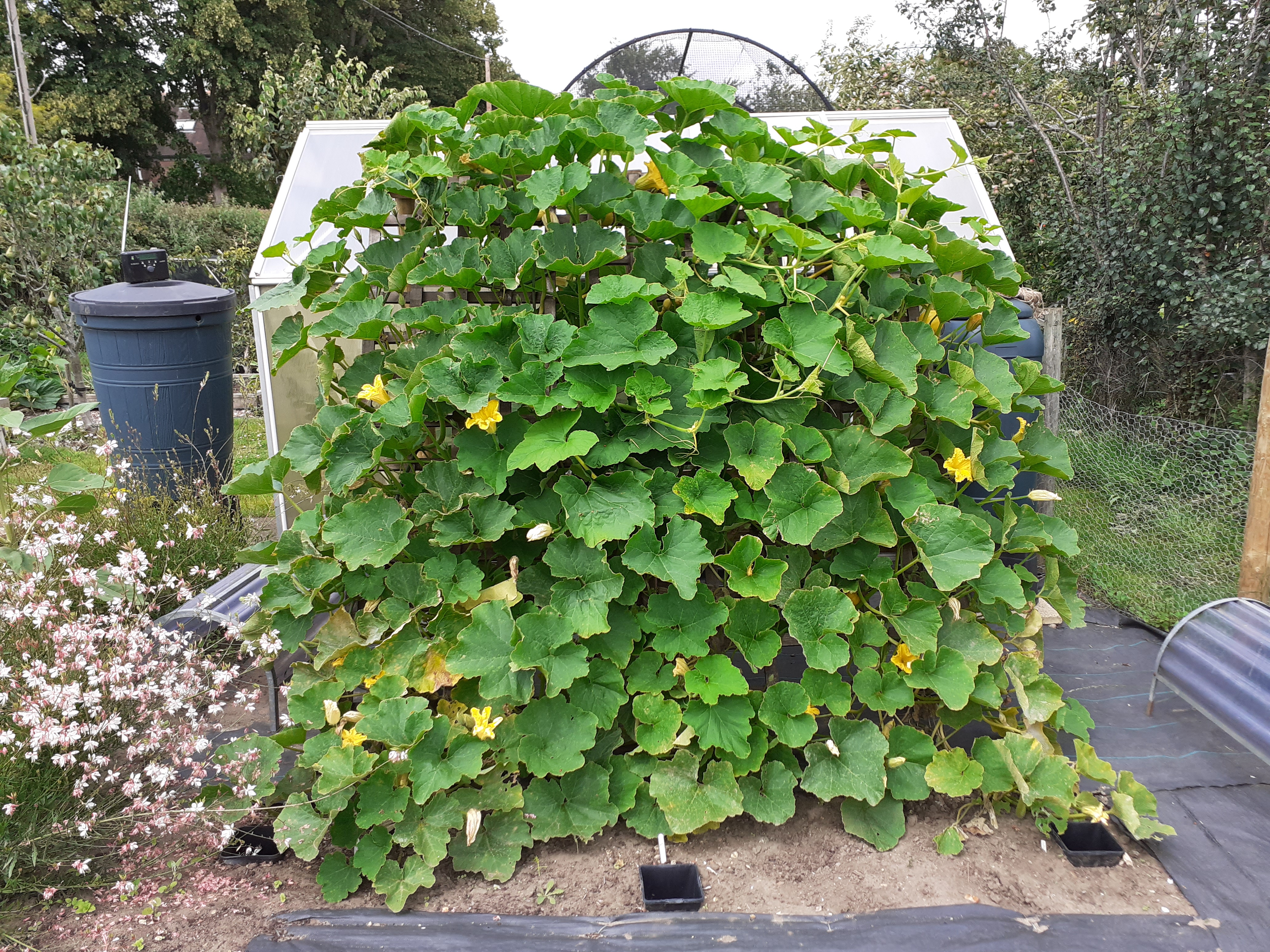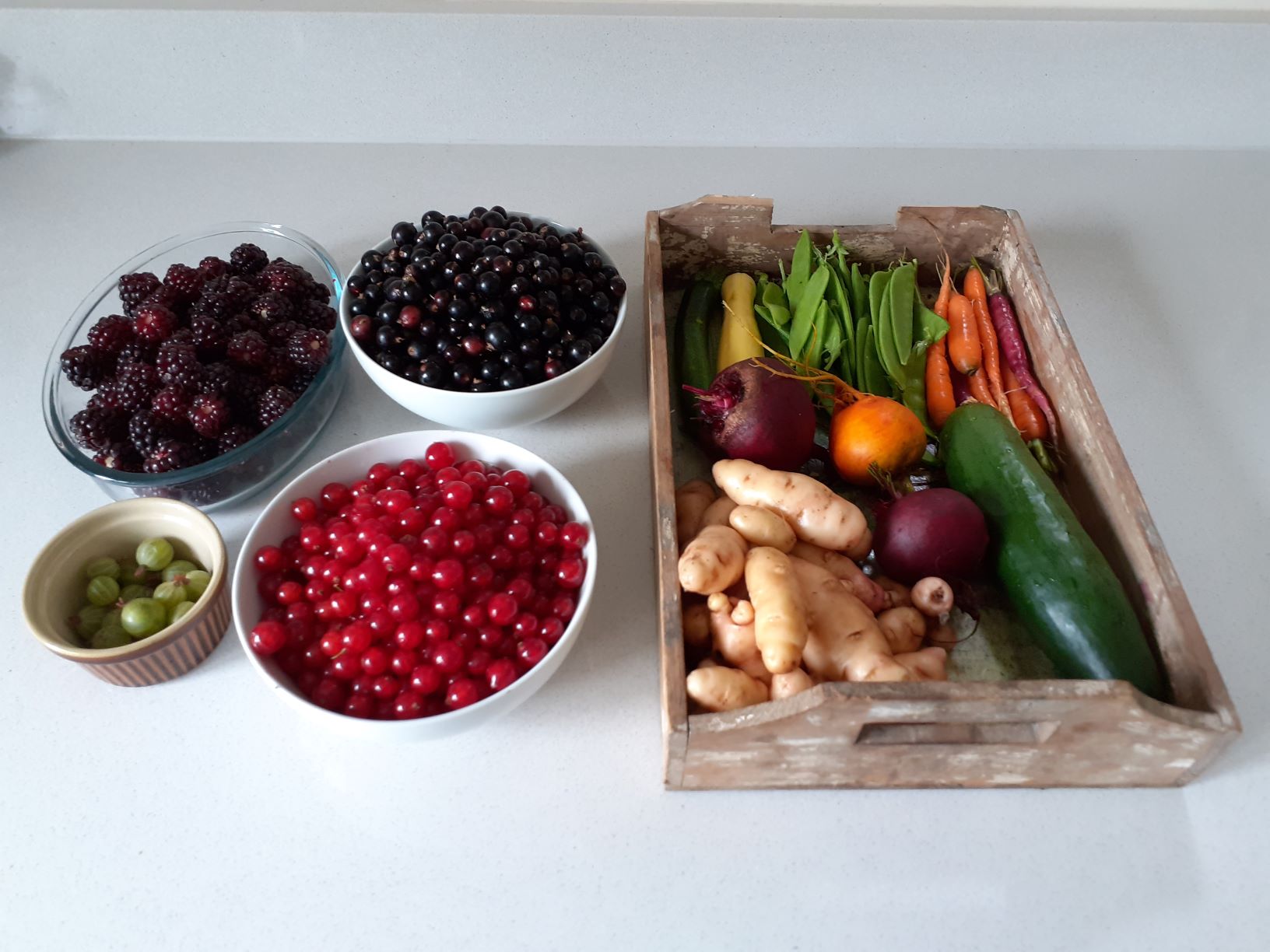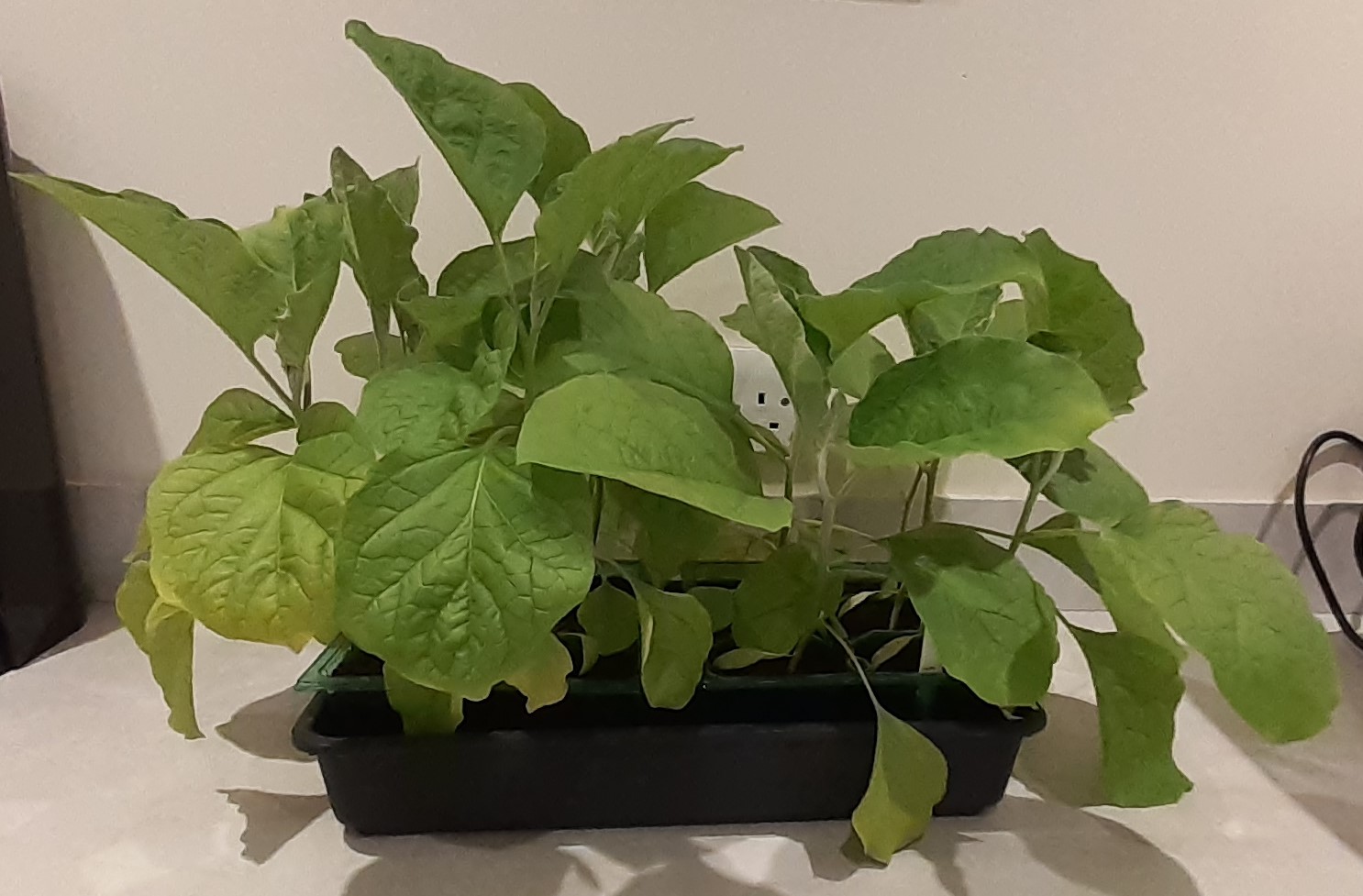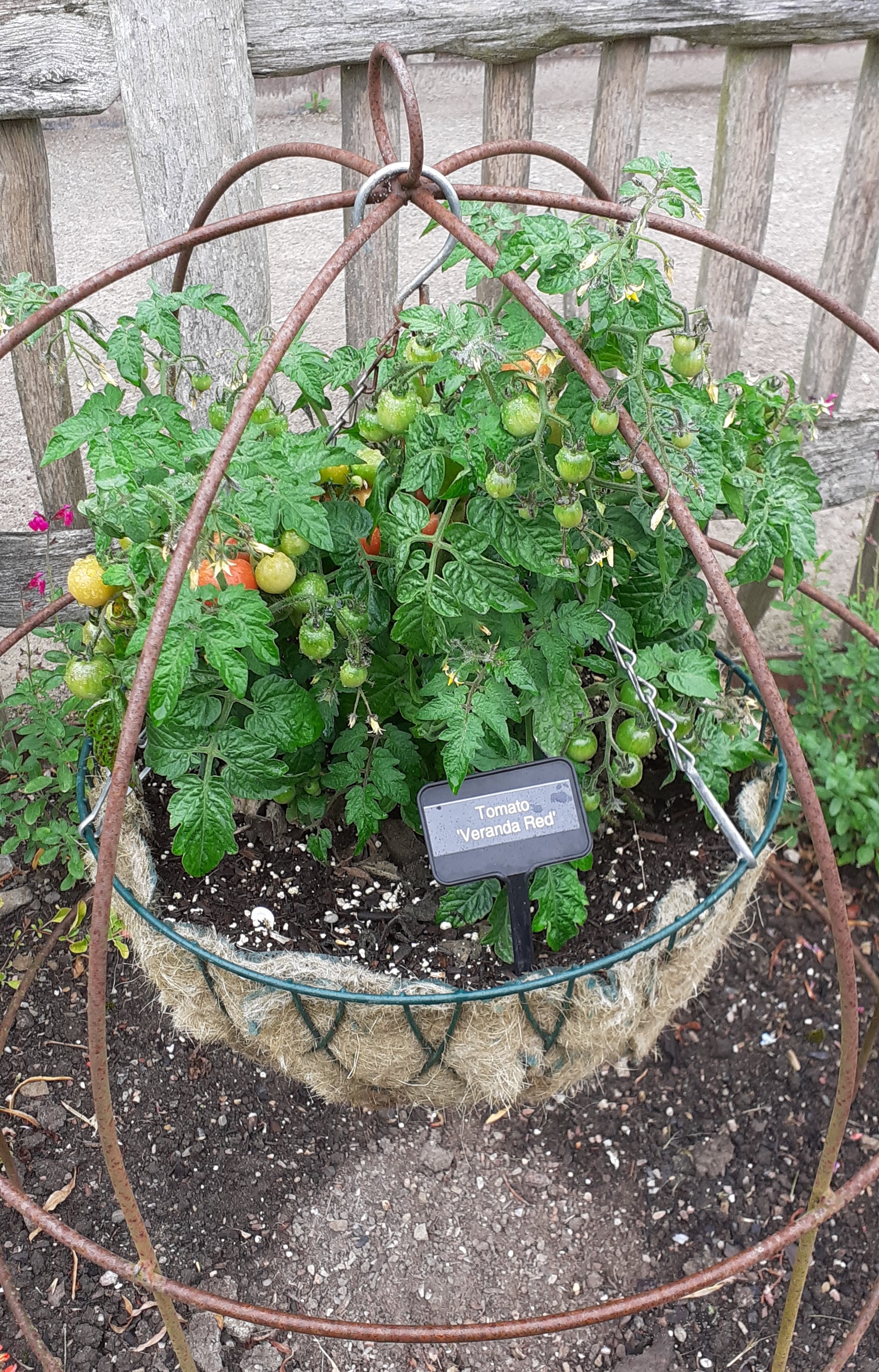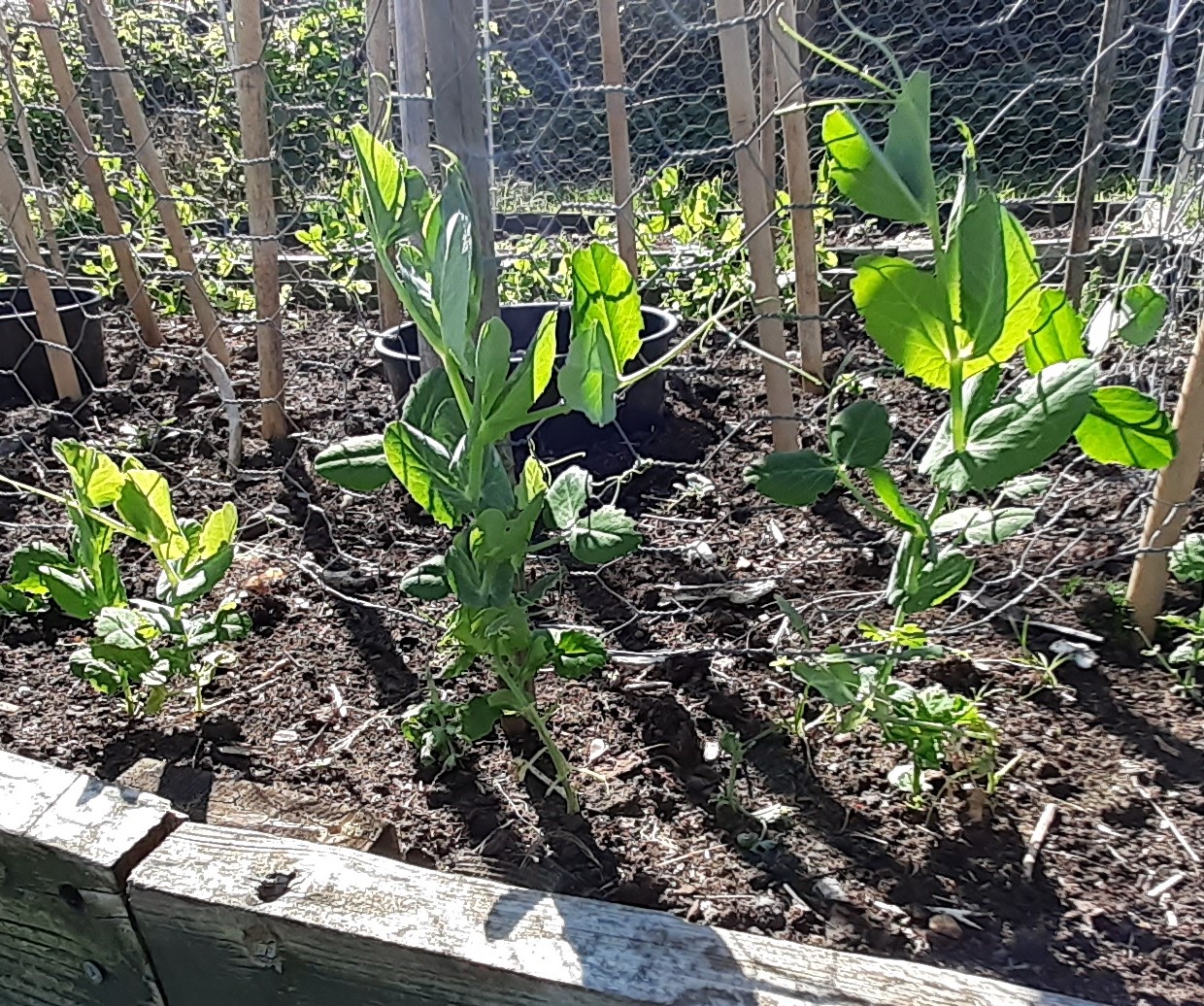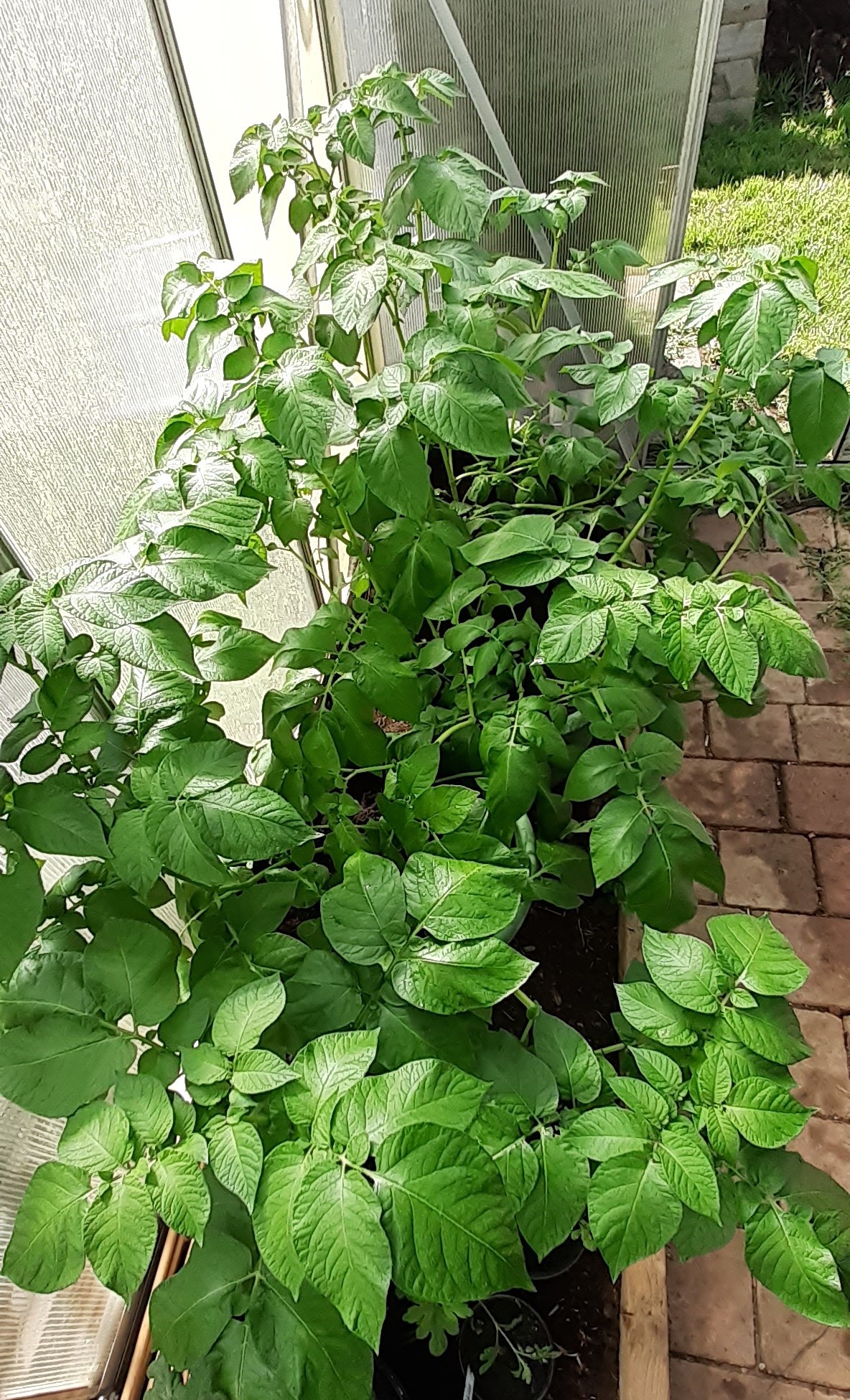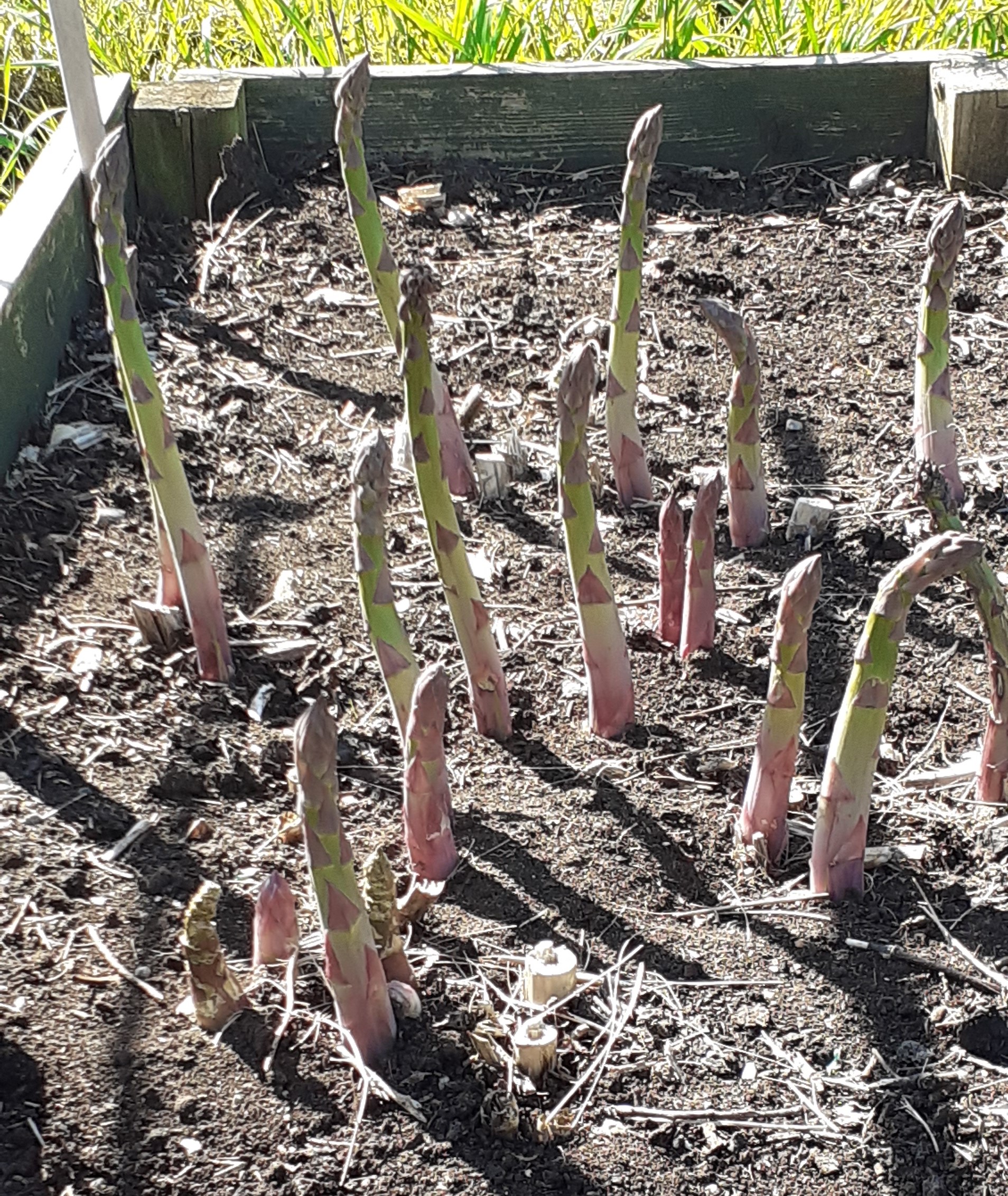We’ll start with the annual plug to support the village show this month. Saturday the 21st is the big day this year. For those of you who have been growing this year and fancy participating, entry forms are in the Cookham Dean Fete programme or available from the organiser Helen Philip (07549 519246 helenphilip@hotmail.co.uk). Entry forms need to be with Helen by 6pm Thursday 19th September at 50, Whyteladyes Lane Cookham Berkshire SL6 9LP with entry fees (50p per class).
If you’re interested, but haven’t taken the plunge into growing your own yet, come along and have a chat with people from the horticultural society or the participating growers. They’ll all be very happy to talk about their experiences and ways to get into growing (ranging from the very simple to the rather more nerdy).
Autumn is a great time to get new perennial planting done and we’ll focus on two crops rhubarb and asparagus, starting with ground preparation. This is really important; as these are crops that can remain in place for many years. For asparagus you’ll need a rectangular space. We have a small bed in the garden that is 1.2m by 0.6m (6ft by 2ft if you prefer), but if you have space and the desire you can go much bigger if you like. For rhubarb a minimum plot of 2ft square (0.6m by 0.6m) is great to get you started.
Removing perennial weeds will really help the new plants to get established so the more work you can do on weeding before planting the better. It is also helpful to work bulky organic matter into the planting area. Well-rotted manure or fully broken-down garden compost are both ideal. Next month we’ll be planting!

